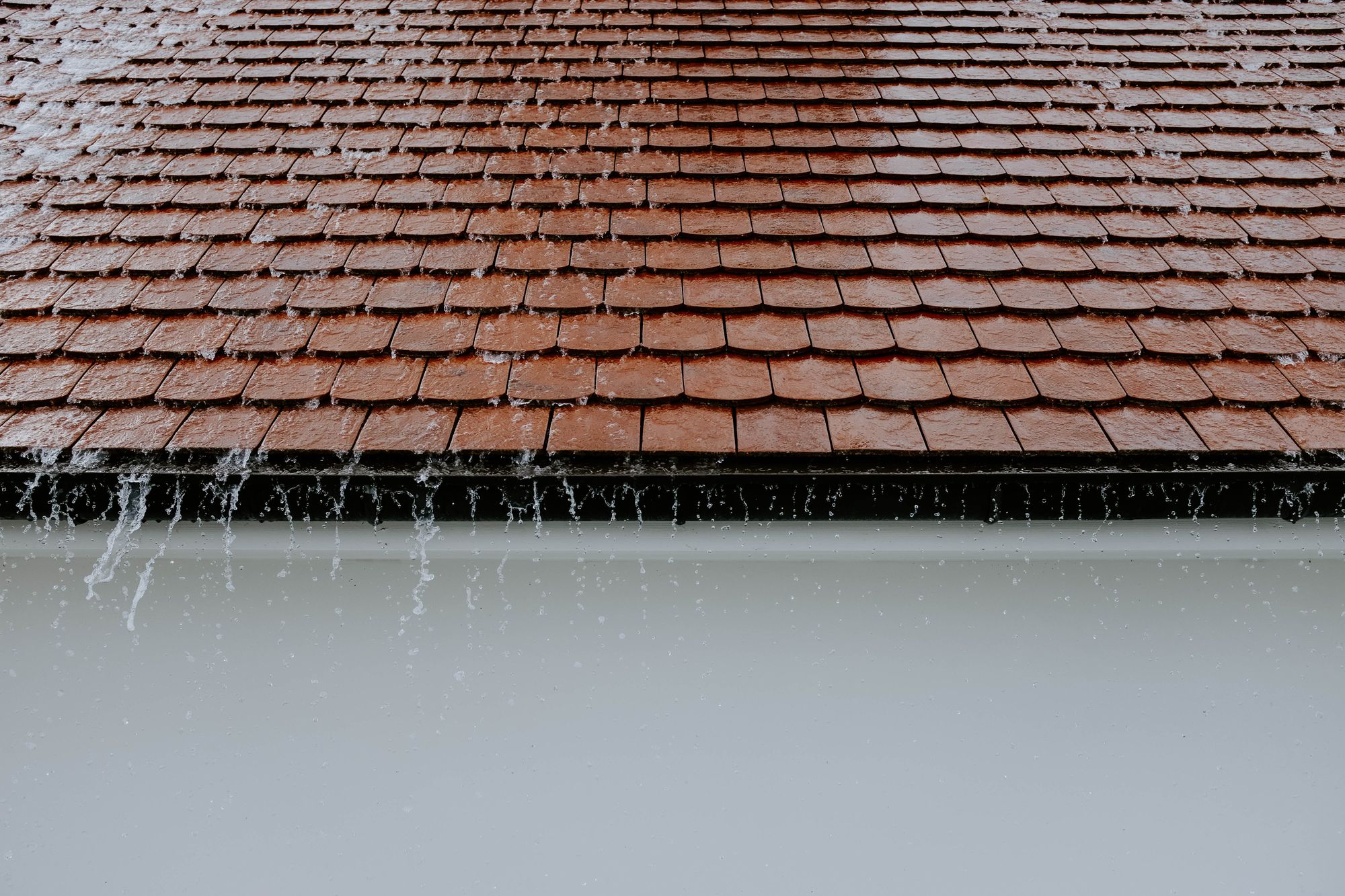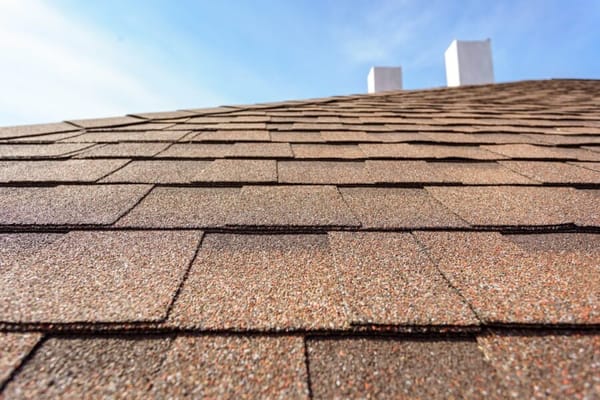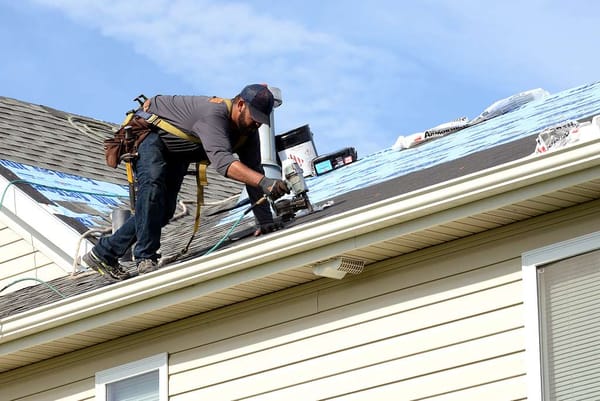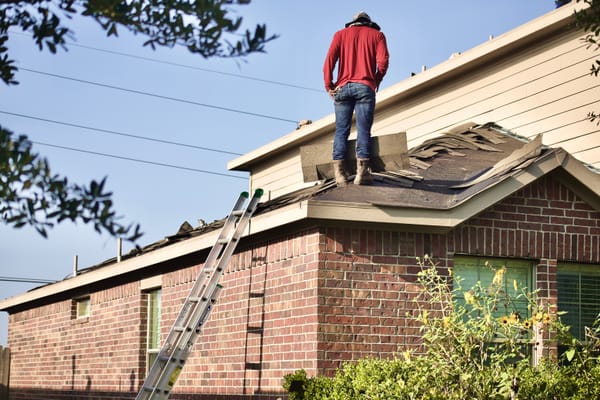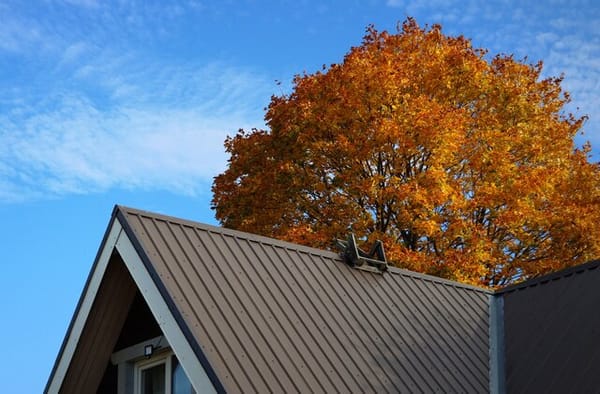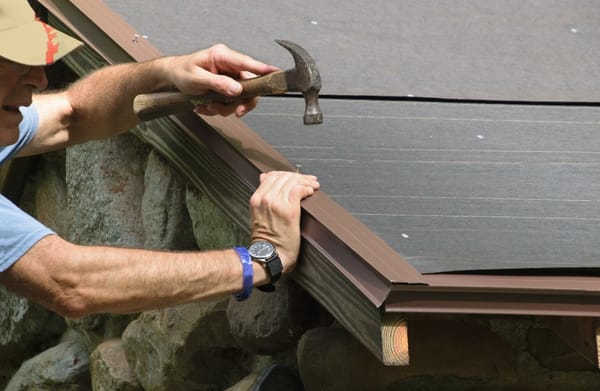Roof sheathing, an integral component of your home's structure, often goes unnoticed but carries significant importance. It forms the solid surface onto which roofing materials like shingles or tiles are attached, providing strength and stability to the roof. Moreover, it also contributes to your home's overall insulation and protection against adverse weather conditions.
Understanding roof sheathing is essential for homeowners who are planning roof replacement or construction projects. This article will give you a detailed insight into roof sheathing, its benefits, and some essential considerations.
What is Roof Sheathing?
Roof sheathing, often called roof decking, is the layer of material directly beneath your roof's covering. Typically made from plywood or oriented strand board (OSB), roof sheathing is fastened to the roof trusses or rafters. This forms a sturdy base for the application of the underlayment, flashing, and roofing materials.
Benefits of Roof Sheathing
The most significant advantage of roof sheathing is that it adds stability and strength to the roof structure. By securing it to the roof rafters or trusses, it helps to prevent these beams from twisting or warping over time.
Roof sheathing also contributes to thermal insulation, keeping your home warm in winter and cool in summer, thus helping to save on energy costs. Plus, it acts as a barrier against inclement weather, minimizing potential leaks and water damage.
Choosing the Right Material for Roof Sheathing
The choice of material for roof sheathing primarily depends on your local building codes, budget, and personal preferences. Two commonly used materials are plywood and OSB.
Plywood
This is a strong, durable material that is resistant to moisture and humidity. It is usually more expensive than OSB but provides a smooth, flat surface that is ideal for shingle roofs.
Oriented Strand Board (OSB)
OSB is a less expensive option compared to plywood, making it a popular choice for roof sheathing. While it offers similar structural stability as plywood, it may not perform as well under prolonged exposure to moisture.
Proper Installation of Roof Sheathing
Proper installation of roof sheathing is crucial to its effectiveness. For optimal performance, an expansion gap should be left between the sheathing panels to allow for expansion and contraction due to temperature fluctuations. Also, using appropriate nails and spacing them correctly can ensure a solid and secure connection between the sheathing and the roof frame.
It's important to note that roof sheathing installation is best left to professionals. They possess the expertise and tools necessary to ensure the sheathing is installed correctly, which can prevent problems down the line.
Regular Maintenance for Longevity
Just like other parts of your home, roof sheathing also requires regular maintenance to ensure its longevity. It's recommended to have a professional inspect the roof sheathing during routine roof inspections. They can check for signs of damage such as warping, sagging, or moisture intrusion. Early detection can save you from expensive repair costs down the line.
Debunking Common Misconceptions About Roof Sheathing
As with any home-related topic, some misconceptions surround roof sheathing. Let's clear up a few common ones:
Misconception 1: All Sheathing Materials are the Same
While plywood and OSB are the most commonly used materials, they are not interchangeable in every situation. Plywood tends to be more resistant to moisture and provides a smoother surface for shingles. In contrast, OSB is more cost-effective and offers similar structural stability but may not perform as well under prolonged exposure to moisture. Each material has its strengths and weaknesses, so choose based on your specific requirements.
Misconception 2: Sheathing Thickness Doesn’t Matter
The thickness of the sheathing does matter. It directly impacts the roof's strength and its ability to resist sagging between the rafters or trusses. Local building codes often dictate the minimum required thickness, but in general, a thickness of at least 7/16 inch for OSB or 1/2 inch for plywood is recommended.
Misconception 3: Professional Installation Isn't Necessary
While some homeowners might be tempted to install the roof sheathing themselves to save money, it's a task best left to professionals. They have the experience and tools to ensure a proper installation, which can prevent issues like buckling, warping, and leakage, ensuring a longer lifespan for your roof.
When to Replace Roof Sheathing
Roof sheathing isn't designed to last forever. Various factors like weather exposure, material type, and maintenance frequency can affect its longevity. Signs that your roof sheathing may need to be replaced include sagging areas in the roof, damp or stained interior ceilings or walls, or visible damage during a roof inspection. If you notice any of these signs, it's crucial to consult a roofing professional immediately.
A Final Word
The choice of roof sheathing materials plays a critical role in the performance and durability of your roof system. The appropriate sheathing material, whether it's plywood or oriented strand board, along with the correct roof sheathing thickness, ensures a sturdy and resilient base for your chosen roofing material, whether it be asphalt shingles, metal roofs, or other types of roof coverings.
The sheathing boards form a solid roof deck, an essential foundation layer for asphalt shingle roofs, metal roofs, or other popular roof decks. They are the hidden champions that reinforce the overall roof structure, supporting the aesthetic and functional elements of your roofing system.
So, whether you're planning to refurbish your roof or contemplating a new construction project, it's recommended to discuss your roof sheathing options with a reliable roofing contractor. They can guide you to the best solutions tailored to your specific needs, ensuring your roof system offers optimal performance, longevity, and weather resistance for years to come.

